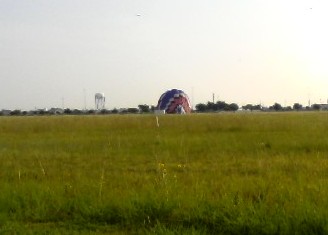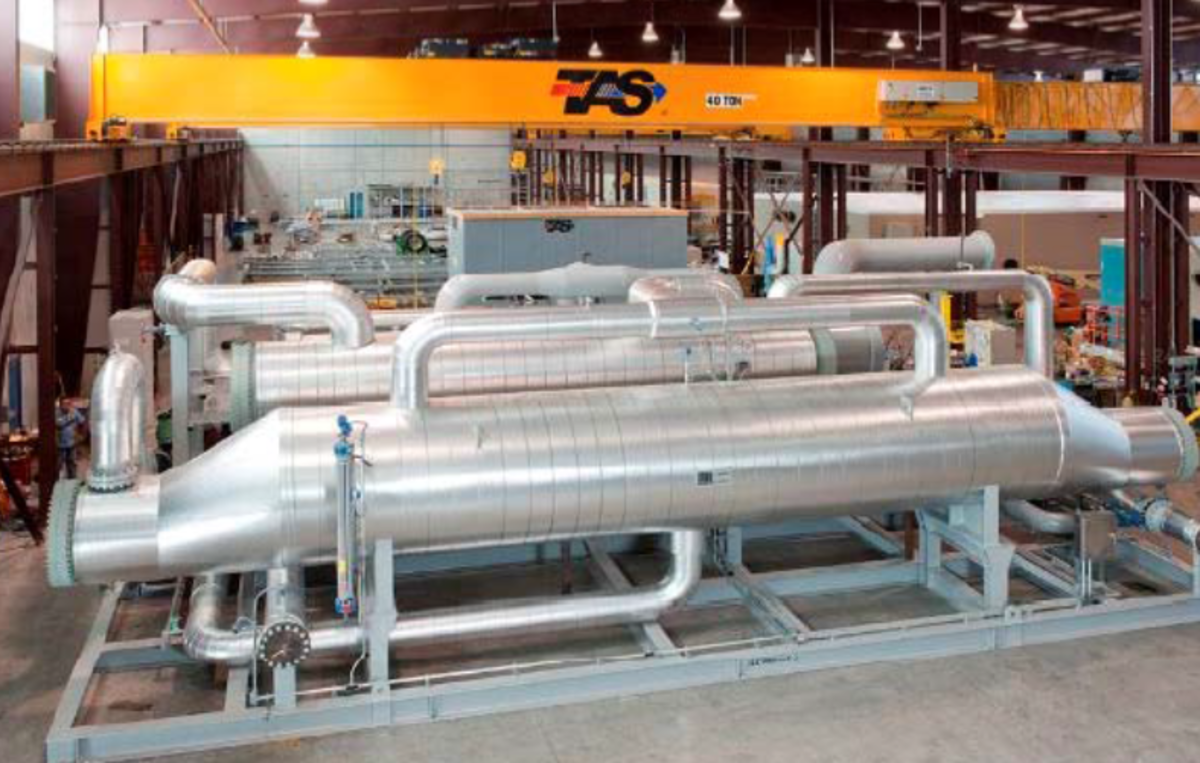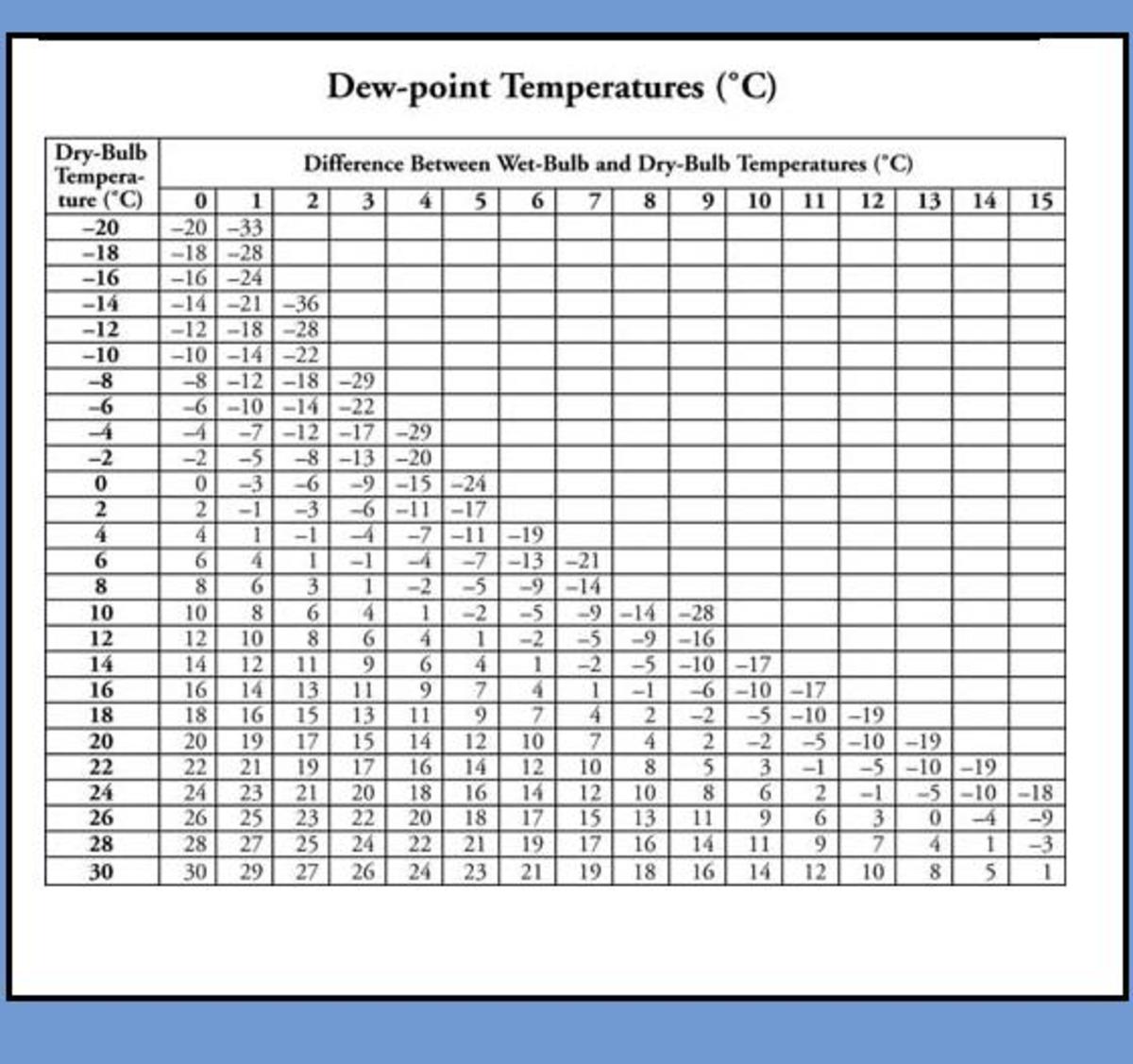Hot Air Rising



By Joan Whetzel
School science programs teach that hot air rises and cold air sinks. This is witnessed in 2-story homes, where it often feels warmer upstairs than down, especially in homes without air conditioning in the summer. This can also be seen quite readily with hot air balloons. The balloon rises as it fills with air that is hotter than the surrounding air. So what's happening? What are the elements that bring this about?
The Heating Process
What is it that is getting hotter? Quite simply, it's the gasses that make up the atmosphere. The gas molecules, which are always in motion, become more active as they heat up. As they move about more, the molecules expand; the space between the gas molecules increases, though the weight of the molecules doesn't change.
What's happening is that the gas molecules are getting all hot and bothered, and don't want to be too closer together, so they move apart. The number of molecules per cubic area decreases, and that cubic area of molecules becomes lighter in weight. The lighter weight of the air mass (not the gas molecules, which hasn't changed) is what causes the air mass to rise.
When the air mass reaches high enough altitudes, there is less heat and less air pressure to heat up the gas molecules, so the air mass contracts, without actually cooling down. In other words, the molecules condense, coming closer together in, so that there are more air molecules per cubic area. In essence, the gas molecules are huddling closer together in order to maintain their heat level. With more molecules per cubic area, the air mass becomes heavier and sinks.
In Weather and Science
The cycle of rising hot air, the cooling of the air mass, and the sinking of that cooled air causes wind, which has been create tornadoes and hurricanes. Sometimes the rising of the warm air, and the increased activity of the heated gas molecules, create thunderstorms when the warm air mass meets up with a cold air mass.
Scientifically speaking, what's happening is the result of the Laws of Thermodynamics, which defines the inverse relationship between the temperature and the volume of molecules within an air mass - higher temperatures means lower volume of molecules per cubic area; lower temperatures means higher volume of molecules per cubic area. When the air mass is expanding or contracting, the amount of energy being expended does not change. The energy is used to expand the space between the molecules as the temperature goes up, or to maintain the temperature level in the air mass as the molecules huddle together to keep warm.
Hot Air Balloons
Hot air balloons make use of the Laws of Thermodynamics every time they lift their passengers into the air for tranquil, early morning adventure. The hot air balloon pilots use gas to heat up the air which is directed inside the balloon with a shield attached to the burner. As the air inside the balloon reaches temperatures that are much warmer than the early morning air outside the balloon, it fills and rises off the ground. Eventually, there is enough hot air, and expanded gas molecules, inside the balloon to lift the balloon, the gas burners, the basket, and the passengers off the ground.
Once in the air, the air mass inside the balloon is kept heated and expanded by periodically adding bursts of heated air from the gas burners. This allows the balloon to drift along with the early morning breezes at higher altitudes for a while. Of course, there is no way to control the direction of flight in a hot air balloon. That is controlled by the wind currents. A chase car (part of the hot air balloon team) must follow the hot air balloon so that they have a way to pick up the balloon and the passengers when the balloon ride is over.
Lowering the Hot Air Balloon
In order to lower the balloon to ground level, the air inside the balloon must cool and the molecules condense. That means the pilot must regulate the temperature inside the balloon so as to perform a controlled landing. It means less frequent, and shorter, blasts on the gas burner, which will slowly allow the air inside the balloon to decrease. There is also an envelope at the top of the balloon, attached to a cord that reaches down to the basket. The pilot can pull this cord, releasing hot air from the top of the balloon, a little at a time, which decreases the amount of air inside the balloon. As the basket becomes too heavy for the balloon to maintain its flight, the balloon and the basket coast down slowly to a landing.
Resources
Kidipede. Hot Air Rises.
http://www.historyforkids.org/scienceforkids/physics/weather/hotairrises.htm
Knows Why. Why Does Hot Air Rise?
http://www.knowswhy.com/why-does-hot-air-rise/
How Stuff Works. How Hot Air Balloons Work.
http://science.howstuffworks.com/transport/flight/modern/hot-air-balloon.htm
Science Kids at Home. Hot Air.
http://www.sciencekidsathome.com/science_topics/hot_air.html
Steve Spangler Science. Why Does the Water Rise?
http://www.stevespanglerscience.com/experiment/why-does-the-water-rise
Stack Exchange Physics. Does Hot Air Really Rise?
http://physics.stackexchange.com/questions/6329/does-hot-air-really-rise
Wikipedia. Hot Air Ballooning.





